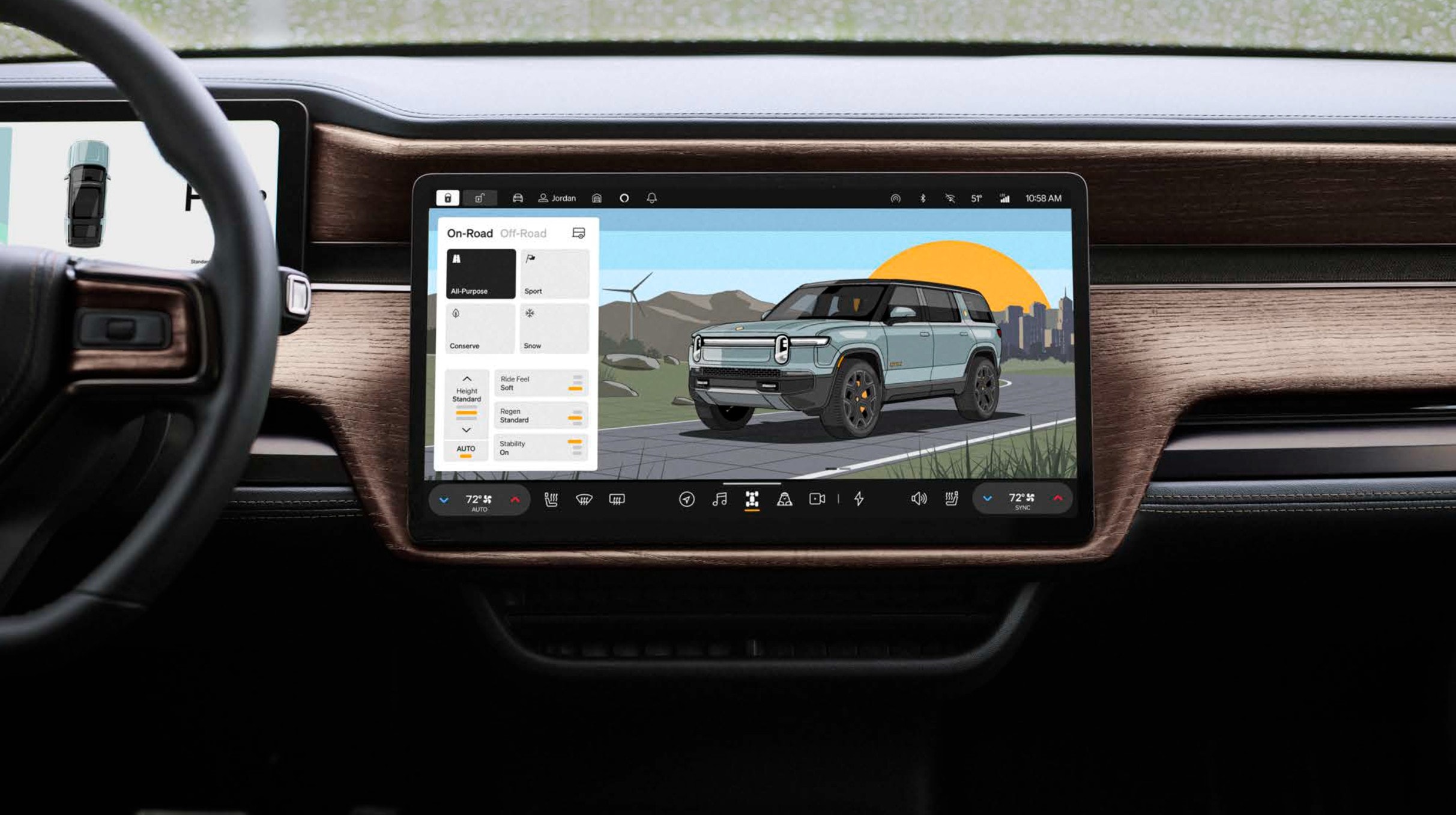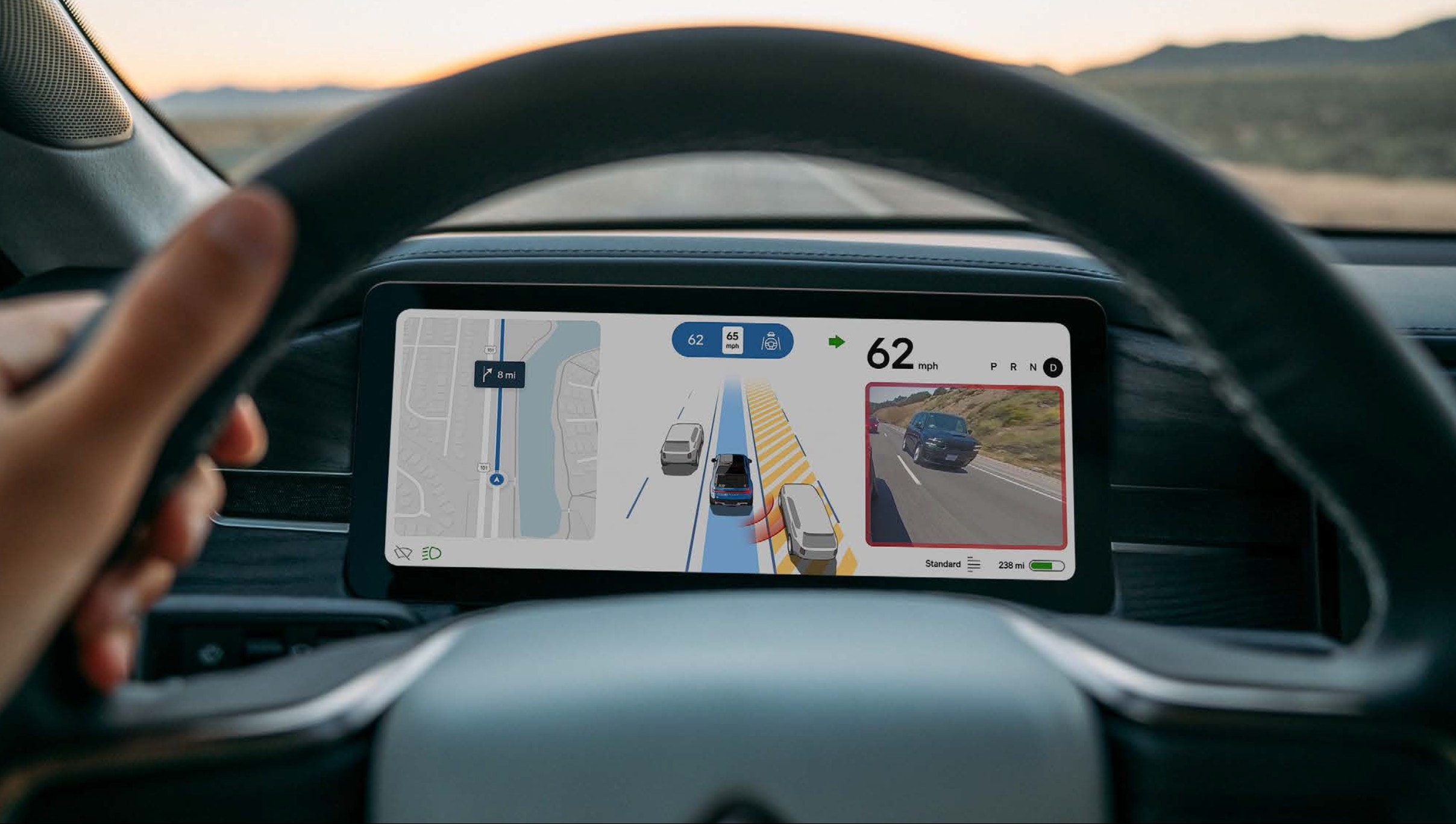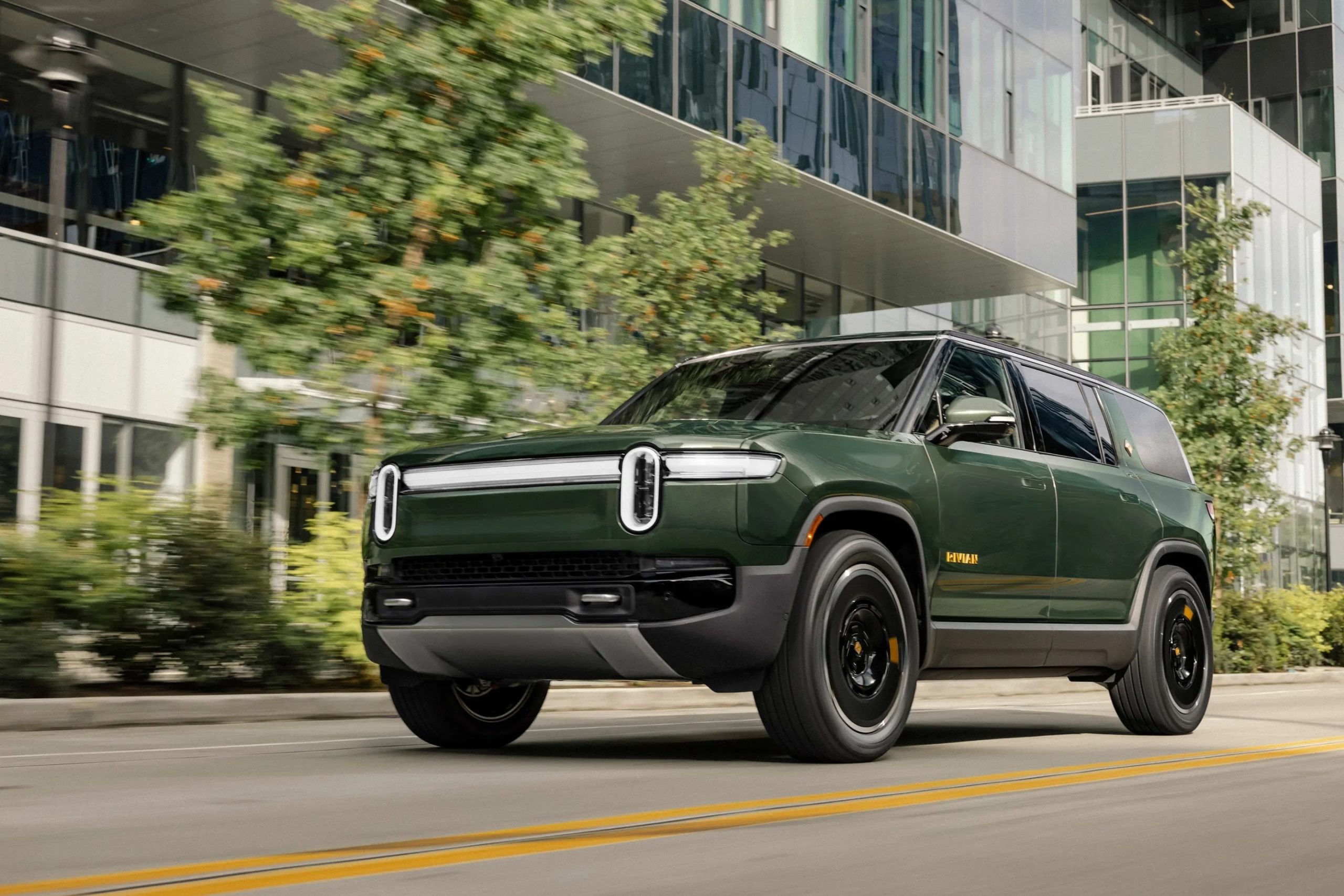Rivian’s second-quarter financial results offered a complex picture for the electric vehicle startup. While the company surpassed delivery estimates, a widening net loss of $1.46 billion overshadowed these gains. This represents a 20% increase compared to the previous year, indicating the substantial financial challenges Rivian continues to face.
Revenue experienced modest growth to $1.16 billion, but the company’s bottom line was significantly impacted by increased production costs stemming from the transition to the refreshed 2025 model. These expenses, coupled with ongoing investments in factory upgrades and new platform development, contributed to the expanded losses.

Despite these short-term setbacks, Rivian remains optimistic about its long-term prospects. The company expects the operational efficiencies and cost reductions resulting from these investments to materialize in the latter half of the year, ultimately leading to a modest gross profit by the fourth quarter.
Rivian’s financial health remains a primary concern for investors. The company’s aggressive cash burn, exacerbated by a $1.46 billion net loss in the latest quarter, underscores the challenges it faces in achieving profitability. This translates to a substantial loss of over $32,000 per vehicle sold, a figure that has worsened compared to the previous year.

While Rivian boasts a cash reserve of $5.8 billion, its rapid depletion raises questions about the company’s long-term viability. Despite these headwinds, executives express confidence in the company’s path to profitability, citing a strategic partnership with Volkswagen and anticipated higher revenue from the upcoming 2025 models.
However, the market remains skeptical, and Rivian’s ability to effectively manage its finances and ramp up production without further diluting shareholder value will be crucial in determining its ultimate success.

